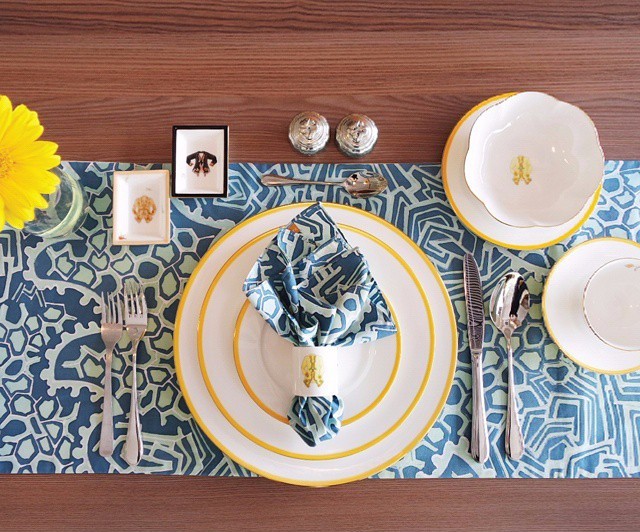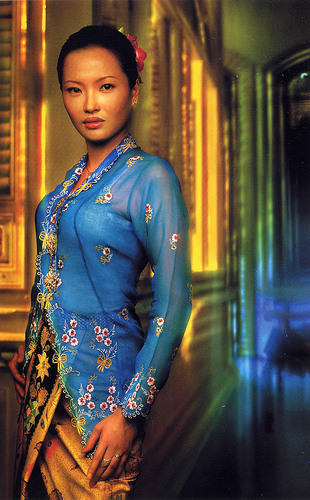
Gone were the days where entertaining guests for a dinner soirée at home came complete with matching dinner plates, hosts dressed in a classy kebaya and an impeccable looking décor. Luncheons and dinners these days are rarely hosted at home but instead mostly done outside; at a new and likely overpriced restaurant on the 50th floor, an authentic hipster baba nyonya café in Damansara, a recently launched healthy burger joint, just to name a few. This is after all the Too-Lazy-to-Cook-Let’s-Eat-Outside-Lah Generation”.
It’s hard to blame them (or us, for that matter), with the explosion of the café culture and millennial food entrepreneurs, we are spoilt for choice. There’s almost always a new restaurant with an exciting fusion or foreign cuisine that just opened around the corner, and true to our penchant for the national sport of Jalan-Jalan Cari Makan, we would drive to the corners of the city (or at times, country) just to try out a new eatery and spend time with our loved ones.
Which begs the question; has our dining tables now turned to temporary pantry spaces for take-away food? Our fridges now loaded with soggy week-old vegetables and stacks of tapau food from three dinners back? And our plates left untouched and dusty enough to be classified as antiques? Is the most frequently dialled person to invite over for a joyful gathering for dinner named FoodPanda? Whatever happened to the good old days of inviting a bunch of friends over for a scrumptious meal on fine-looking plates dished out by a well-dressed host?
Back in the day, especially in the post-World War 2 and pre-1990 periods, most luncheons and dinners were hosted at home and it was almost always a feast of taste buds and eye candy. Everyone took effort to come all dressed up, including the hosts, and the freshly cooked meals were laid on expensive Chinas in a beautifully decorated and immaculately dusted dining room. Kebayas were all the rage in the 1950s to the 1970s, when the old Malaya became Malaysia and the rakyat were rediscovering again their cultural roots while searching for a unified, national identity. And it’s no wonder that the kebaya has always been a classic fashion mainstay, as it’s a product of our unique rojak culture and a flexible enough fashion statement to be used in both casual and formal settings.
There truly is something special about hosting dinner in these so-called modern times while dressed in a kebaya; it’s a revival of a timeless fashion statement that can be worn simply at home or to a formal wedding party. The kebaya is a great choice of dress for the host as it symbolizes the combination of two different styles and cultures, and thus – in the context of a simple dinner party – symbolizes the coming together of different people from different backgrounds into a shared experience of eating a meal together. It’s a dress born out of a rojak culture that is perfect for a truly muhibbah dining experience.

The kebaya dress also expresses the personality of the host while showing the guests that she cares enough to dress well, even in the comforts of her own home, while not necessarily overdoing it by overdressing. What is most arresting about the kebaya lies in its contrasting simplicity and variety of striking colours and organic patterns, while having the flexibility to beautifully match (or even mismatch) the kebaya top and bottom skirt (or, pants or jeans). It’s easily wearable by anyone without needing to take hours to pick and choose clothes. Minimum effort yet with maximum impact.
As Tom Ford once said, “Dressing well is a form of good manners.” A well-dressed host, combined with a well-laid out meal on lovely plates while surrounded by gorgeous décor, truly enhances the experience of dining together. It is often seen as an extension of the host’s etiquette and sense of hospitality. Just like the experience of eating a well-dressed meal in a fancy place, the visual presentation of both the host, the venue and her meals makes the simple experience of eating together an exciting and memorable one.
So, for your next dinner party, try to skip the mind-numbing process of choosing a restaurant, going through traffic jams and the tiresome expedition of finding parking, and just throw on a kebaya top, polish those near-antique plates and call over your friends for a delicious home-cooked dinner. It makes for a much more meaningful and relaxing experience, and probably a better Instagram post than at that restaurant (again) that almost everyone goes to.
It’s time to bring back the old Malaysian way of spending time together over a delicious meal, and to do it with taste and style.
Here are some ideas on how to wear and mix your kebaya:
• Top
o Peranakan kebaya top
o Modern short-sleeved kebaya
o Full-length kebaya dress
o Cheongsam kebaya
• Bottom
o Kebaya blouse bottom
o Pants or jeans
o Modern short skirt
And some additional tips:
- Always wear short-sleeved kebaya tops, for ease of cooking and serving food.
- Try to avoid wearing white or off-white, and go for more striking colours.
- Easiest way to match a kebaya top colour with a bottom blouse, skirt or pants, is to match a strong colour with an earthy tone. For example, red or maroon goes very well with brown or dark beige.
- Raid your mother’s or aunty’s closet for an old kebaya top and mix it up with skinny jeans or a modern skirt.
- Accessories like an oversized pendant or feature necklace, especially vintage selections, are great add-ons to the timeless look of a kebaya.
- If you have a need to replace or buy new kitchenware, head over to KitaKita for their exquisite selection of hand-painted kebaya artwork on plates. It’s chic and cute yet classic and cool.
